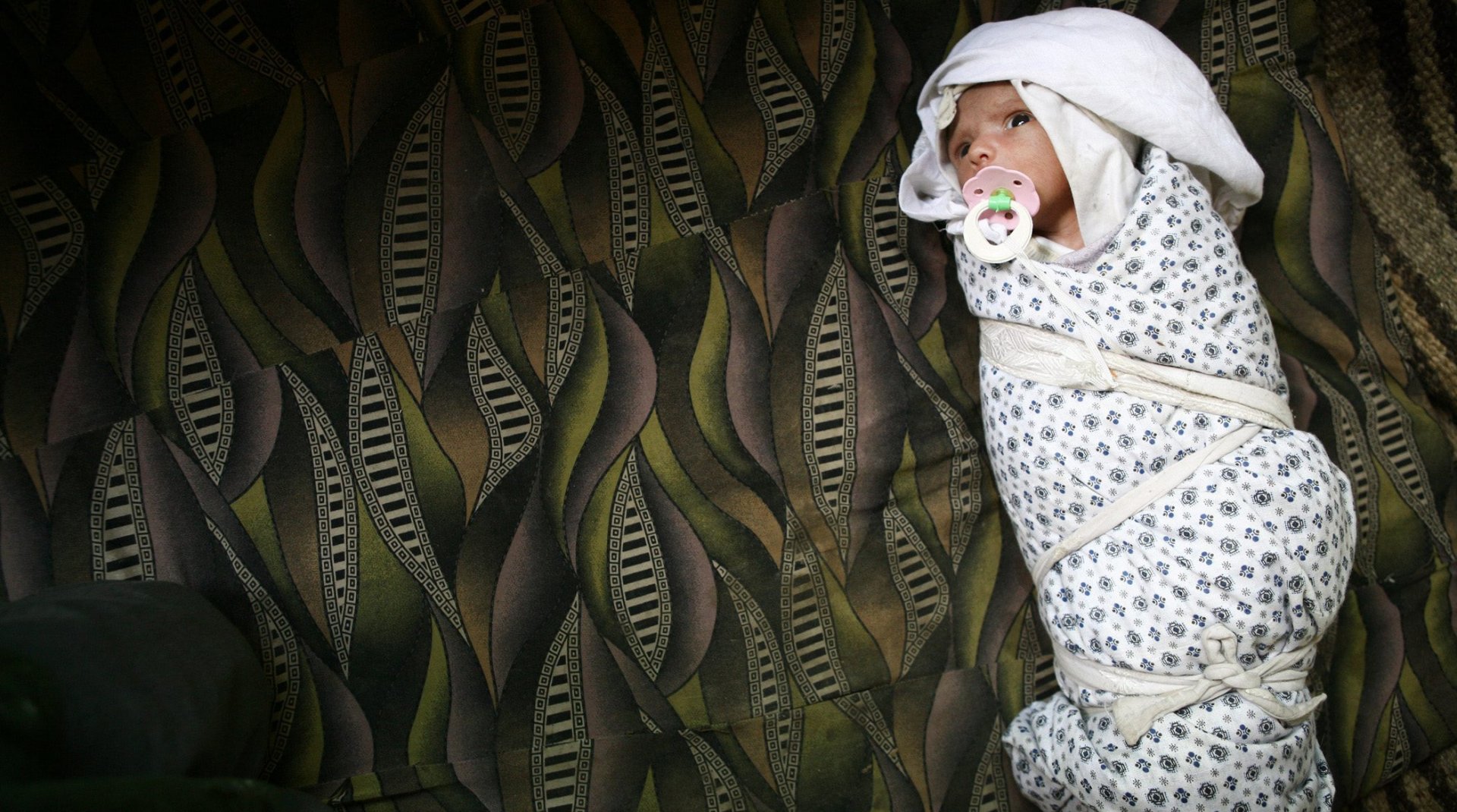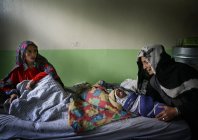
Maternal Mortality in Afghanistan: where women die from giving birth
Jean Chung
WPN
CARE International Award for Humanitarian Reportage - 2007 sponsored by sanofi-aventis
In Afghanistan, an astonishing number of women die from obstetric complications: 25,000 a year, or 1 woman every 27 minutes. Afghanistan has the second highest maternal mortality rate in the world, after Sierra Leone. A UN report released in 2000 gave the Maternal Mortality Ratio (MMR) for Afghanistan as 1,900 per 100,000 live births (compared to 17 in the United States). Ragh district in Badakshan province in Afghanistan has the highest MMR ever recorded: 6,500.
Preview




There are direct causes of deaths, such as hemorrhage and obstructed labor, and indirect causes such as tuberculosis, malaria, and obstetric tetanus. A study of port-partum death amongst Afghan women conducted by Dr. Linda Bartlett in 2002, showed that 94% died within 42 days, and that 56% of them died within the first 24 hours. My photo reportage on Afghanistan’s maternal mortality tells the story of a young woman in Badakshan province named Qamar who had tuberculosis and died of port-partum complications two weeks after giving birth. Her death could have been prevented if proper family planning and prenatal healthcare were available. None of her family knew that she had severe tuberculosis. My story follows her from the hospital after she gave birth to the funeral in her village. While with her, I documented the process of how a woman could lose her life from such unbelievable causes. Reduction of maternal mortality is a human rights issue. My report, through one woman’s story, is an example showing that lower socioeconomic status and lack of education for women can have considerable affects on maternal death in Afghanistan. May 2007.




